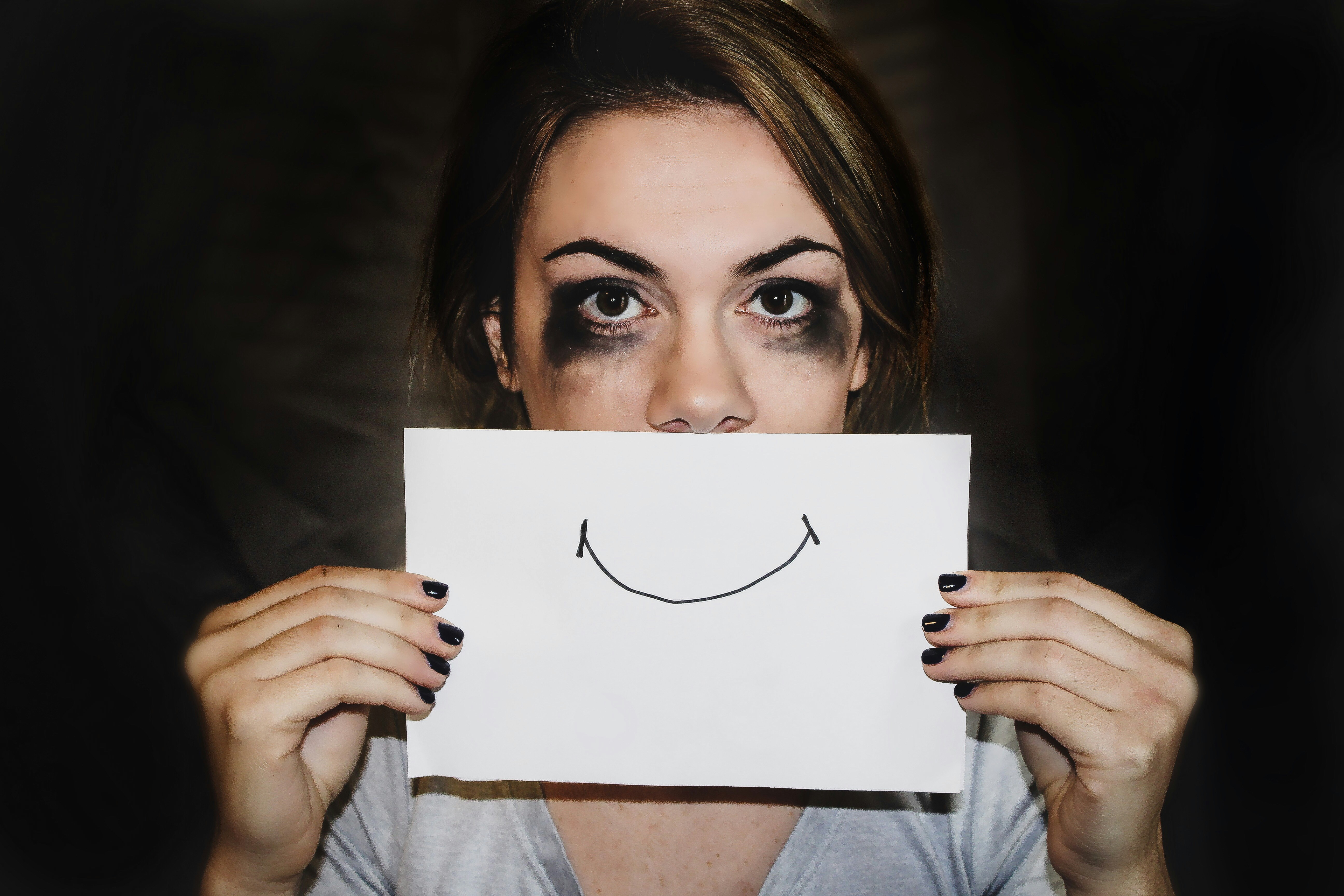Types of Depression: A Comprehensive Guide
Depression is not a one-size-fits-all condition. It can manifest in various forms, each with its unique set of symptoms, triggers, and treatment options. Understanding the different types of depression can help individuals identify what they are experiencing and seek the appropriate care. In this comprehensive guide, we will explore the most common types of depression, their symptoms, and the treatment options available.
1. Major Depressive Disorder (MDD)
Overview: Major depressive disorder, often referred to simply as “depression,” is the most common type of depression. It is characterized by persistent feelings of sadness, hopelessness, and a lack of interest in activities that were once enjoyable. The symptoms are severe enough to interfere with daily life and functioning.
Symptoms:
-
Persistent feelings of sadness, hopelessness, or emptiness
-
Loss of interest in activities once enjoyed
-
Significant changes in appetite or weight
-
Sleep disturbances (insomnia or excessive sleeping)
-
Low energy or fatigue
-
Difficulty concentrating or making decisions
-
Feelings of guilt or worthlessness
-
Thoughts of death or suicide
Treatment: Treatment for major depressive disorder typically includes a combination of psychotherapy (such as Cognitive Behavioral Therapy or Interpersonal Therapy) and medications, like antidepressants (SSRIs, SNRIs, or TCAs). Lifestyle changes, such as regular exercise, a balanced diet, and a consistent sleep routine, can also be beneficial.
2. Persistent Depressive Disorder (PDD) / Dysthymia
Overview: Persistent depressive disorder, previously known as dysthymia, is a chronic form of depression that lasts for at least two years. Although the symptoms are less severe than those of major depression, they can still significantly affect an individual’s quality of life. People with PDD often experience a low mood over a long period, making it harder for them to function normally.
Symptoms:
-
Chronic low mood or irritability
-
Fatigue or low energy
-
Sleep disturbances (too much or too little)
-
Poor appetite or overeating
-
Low self-esteem
-
Difficulty concentrating
-
Feelings of hopelessness
Treatment: Treatment for PDD is similar to major depression and includes therapy and medication. Because PDD is chronic, long-term treatment may be necessary. Cognitive Behavioral Therapy (CBT) and medication, particularly SSRIs or SNRIs, are commonly used. Lifestyle modifications and support groups can also help individuals manage the condition.
3. Bipolar Disorder (Manic-Depressive Illness)
Overview: Bipolar disorder, previously known as manic-depressive illness, involves extreme mood swings that include emotional highs (mania or hypomania) and lows (depression). These mood swings can affect sleep, energy levels, behavior, judgment, and the ability to think clearly. The depressive episodes are similar to major depression, but they alternate with manic or hypomanic periods.
Symptoms:
-
Depressive Episode Symptoms (similar to major depressive disorder): Feelings of sadness, hopelessness, loss of interest in activities, fatigue, changes in sleep and appetite, etc.
-
Manic Episode Symptoms:
-
Elevated mood or irritability
-
Increased energy or restlessness
-
Decreased need for sleep
-
Racing thoughts or flight of ideas
-
Impulsive behavior (e.g., spending sprees or risky decisions)
-
Grandiosity or inflated self-esteem
-
Treatment: Bipolar disorder is treated with a combination of medication and therapy. Mood stabilizers, such as lithium, are often used to control manic episodes. Antidepressants and antipsychotic medications may also be prescribed. Psychotherapy, including CBT, can help individuals manage symptoms and develop coping strategies.
4. Seasonal Affective Disorder (SAD)
Overview: Seasonal affective disorder is a type of depression that occurs at specific times of the year, most commonly during the fall and winter months when sunlight exposure is limited. People with SAD experience depressive symptoms similar to major depression, but these symptoms tend to improve during the spring and summer months.
Symptoms:
-
Depressive symptoms (similar to major depression)
-
Fatigue and low energy
-
Increased sleep and difficulty waking up in the morning
-
Cravings for carbohydrates and weight gain
-
Social withdrawal or isolation
Treatment: The main treatment for SAD includes light therapy (exposure to bright artificial light), which can help regulate circadian rhythms and improve mood. Antidepressant medications and psychotherapy (especially CBT) are also effective. Spending time outdoors, increasing physical activity, and vitamin D supplements may also help alleviate symptoms.
5. Postpartum Depression (PPD)
Overview: Postpartum depression occurs after childbirth and affects a significant number of new mothers. Unlike the typical “baby blues,” which is a temporary mood change that many women experience after giving birth, postpartum depression is a more severe and long-lasting condition. It can interfere with a mother’s ability to care for her child and herself.
Symptoms:
-
Intense feelings of sadness, anxiety, or hopelessness
-
Difficulty bonding with the baby
-
Overwhelming fatigue or inability to get out of bed
-
Changes in appetite or sleep
-
Irritability or anger
-
Feelings of guilt or inadequacy as a parent
-
Thoughts of harming oneself or the baby
Treatment: Treatment for postpartum depression typically includes therapy (such as CBT) and antidepressant medications. Support groups for new mothers can be helpful. In severe cases, inpatient care may be required. Partner and family support play an essential role in recovery.
6. Premenstrual Dysphoric Disorder (PMDD)
Overview: Premenstrual dysphoric disorder is a severe form of premenstrual syndrome (PMS) that can cause mood swings, irritability, and depressive symptoms in the two weeks leading up to menstruation. Unlike PMS, PMDD significantly disrupts daily life and functioning.
Symptoms:
-
Severe mood swings and irritability
-
Depressive symptoms, including sadness, hopelessness, and anxiety
-
Insomnia or excessive sleep
-
Fatigue or low energy
-
Difficulty concentrating
-
Physical symptoms such as headaches, joint pain, and bloating
Treatment: Treatment for PMDD often involves antidepressant medications (SSRIs or SNRIs), hormonal treatments (e.g., birth control pills), and lifestyle changes. Cognitive Behavioral Therapy (CBT) and stress-reduction techniques, such as yoga and meditation, may also be helpful.
7. Atypical Depression
Overview: Atypical depression is a subtype of major depression, characterized by symptoms that are somewhat different from typical depression. People with atypical depression may experience temporary mood improvement in response to positive events, unlike those with other types of depression, who usually experience a persistent low mood.
Symptoms:
-
Mood reactivity: Temporary improvement in mood in response to positive events
-
Increased appetite or weight gain
-
Excessive sleep (hypersomnia)
-
Heaviness in limbs
-
Sensitivity to rejection or criticism
Treatment: Atypical depression is often treated with SSRIs or MAOIs (monoamine oxidase inhibitors), along with psychotherapy. Lifestyle changes, regular physical activity, and social support can help manage symptoms.
8. Psychotic Depression
Overview: Psychotic depression is a severe form of depression in which the individual experiences psychosis, including hallucinations (hearing or seeing things that aren’t there) or delusions (false beliefs). This type of depression is rare but requires immediate medical attention.
Symptoms:
-
Severe depression symptoms (sadness, hopelessness, loss of interest)
-
Hallucinations (hearing voices or seeing things that are not real)
-
Delusions (false beliefs, such as thinking one is worthless or guilty of something they did not do)
-
Disorganized thinking or speech
Treatment: Psychotic depression is treated with a combination of antidepressant medications and antipsychotic medications. Electroconvulsive therapy (ECT) is sometimes used for individuals who do not respond to medication. Therapy can also help with recovery.
Conclusion: Understanding the Different Types of Depression
Depression is a multifaceted condition that can take on different forms depending on the individual. Whether it is major depressive disorder, bipolar disorder, seasonal affective disorder, or another subtype, each type of depression requires a tailored treatment approach. If you or someone you know is experiencing symptoms of depression, it is essential to seek professional help to ensure that the right treatment is received.
With the appropriate treatment, support, and lifestyle adjustments, it is possible to manage and overcome depression, improving quality of life and mental well-being.
Engagement Tips:
-
Share your thoughts: Do you or someone you know struggle with one of these types of depression? What has helped you manage the symptoms?
-
Stay informed: Subscribe to our newsletter for more articles on mental health and wellness.
-
Join the conversation: Follow us on social media for the latest updates and expert advice on dealing with depression and improving mental health.

